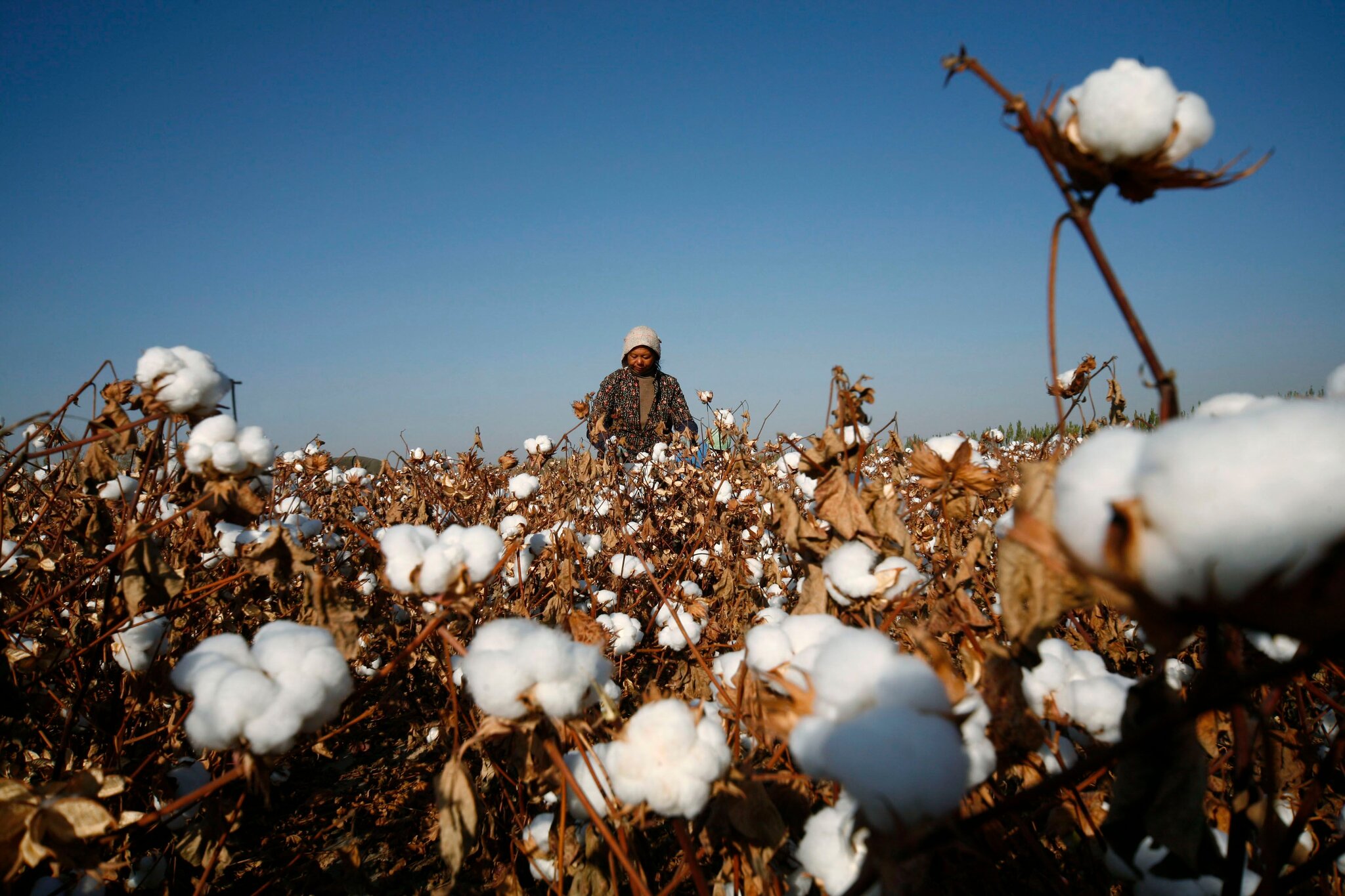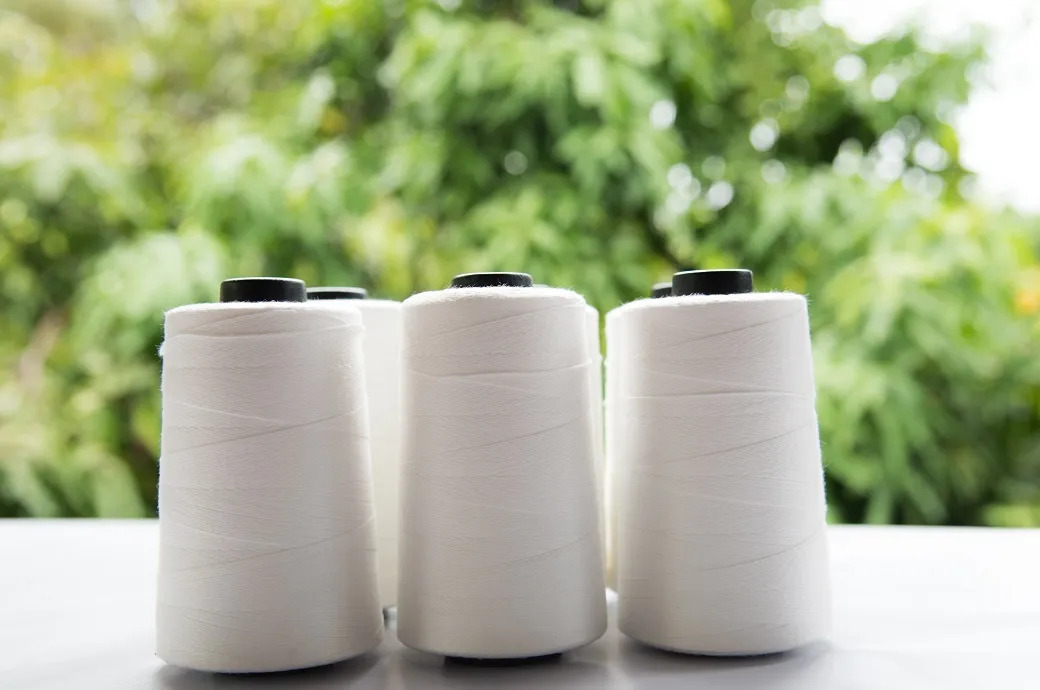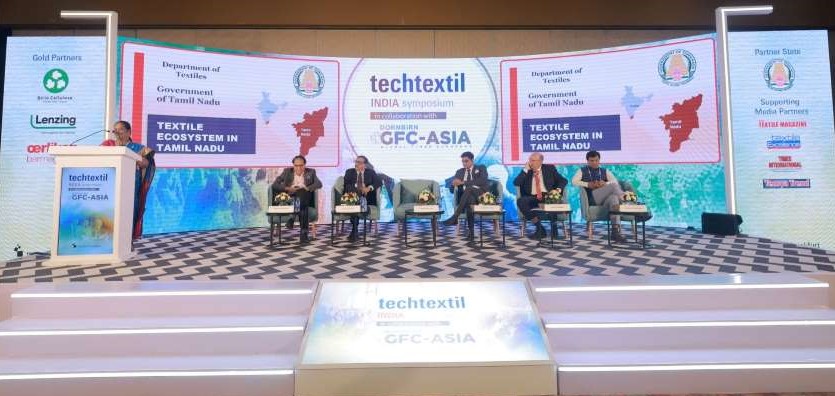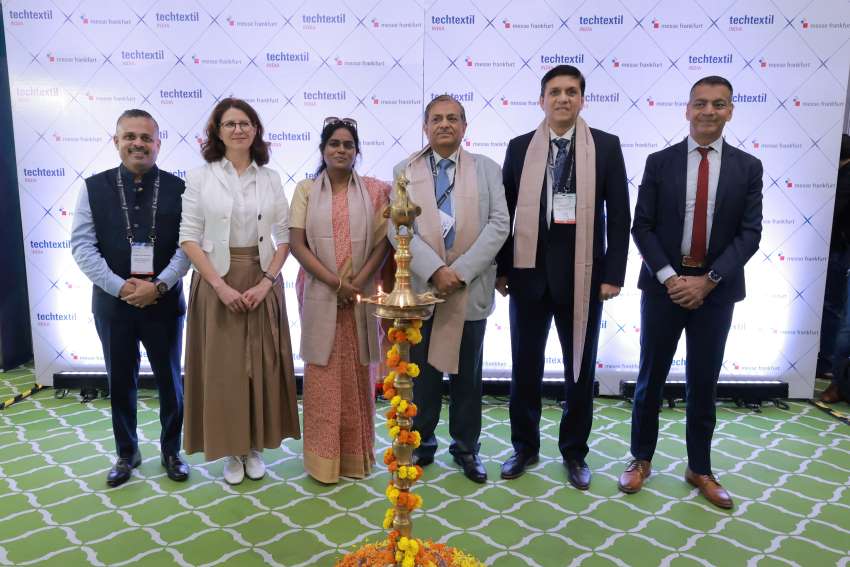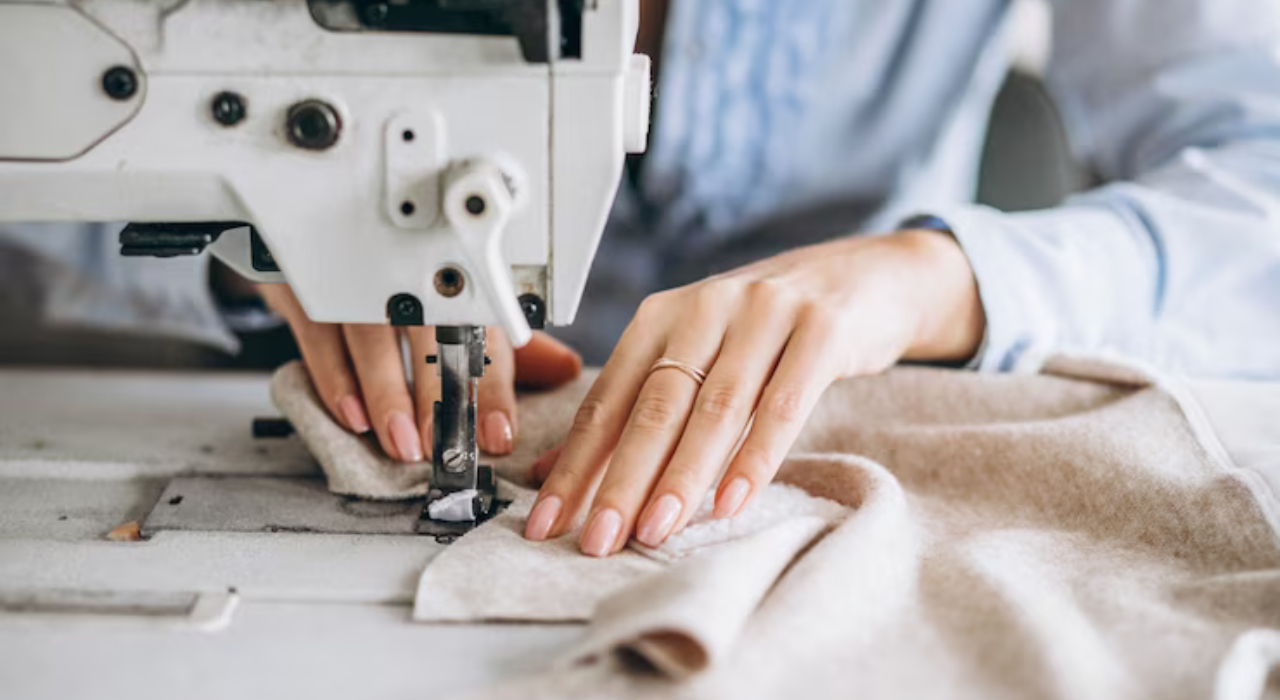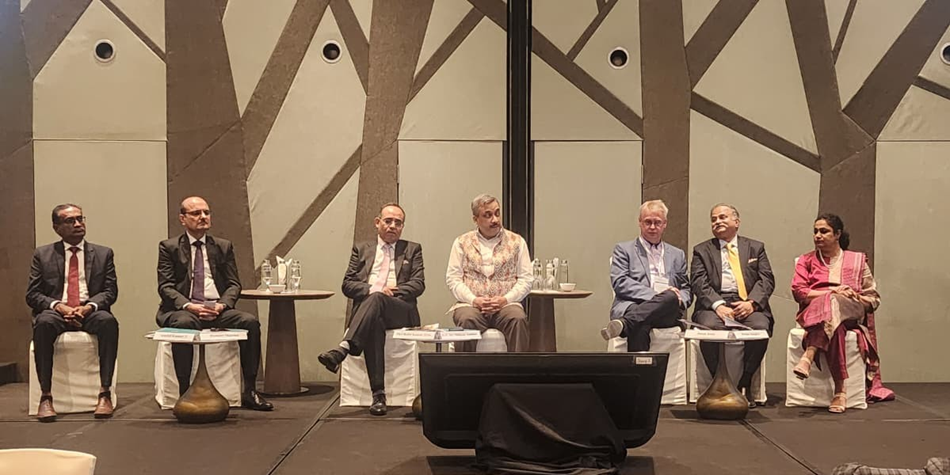FW
American & Efird Global will buy an additional 40 per cent stake in Vardhman Yarns and Threads, which would make the US firm a majority stakeholder. Vardhman Yarns and Threads (VYTL) is a joint venture between American & Efird Global (A&E) and Vardhman Textiles. The company makes sewing and specialty threads. This strategic joint venture leverages the strengths of both companies to expand thread sales in India’s rapidly growing sewn products market and further expands American & Efird’s presence in important Asian markets.
VYTL makes sewing threads, embroidery threads and special application threads for all categories and types of apparel sewing. It has specialty threads for automotives, footwear, technical textiles etc. VYTL provides a wide range of solutions for sewing, embroidery and for special applications in clothing, home textiles and leather products. Additionally Vardhman Yarns & Threads provides value added services like thread advisory, thread consumption in a garment, thread education seminars. American & Efird is present in 44 countries and has 33 manufacturing facilities and 78 distribution points across the globe.
The Vardhman Group is a leading textile conglomerate in India. Spanning over 25 manufacturing facilities in five states, the group’s business portfolio includes yarn, greige and processed fabric, sewing thread, acrylic fiber and alloy steel.
The recent Dhaka café attack has made the cost of doing business for local apparel makers costly, though the sector has so far managed to avoid a negative impact on overseas sales. Observers say many garment exporters are now incurring additional costs on account of extra security measures needed to avert any untoward incidents and protect foreign nationals working for the apparel industry. Besides, some apparel exporters have to go abroad for negotiating their business deals with buyers as foreigners are now reluctant to visit Bangladesh in the wake of the terror attacks. A good number of factories have already installed closed circuit television (CCTV) cameras to strengthen their protective measures and those who have no such system, have started setting up the facility, informed Shahidullah Azim from Bangladesh Garment Manufacturers and Exporters Association (BGMEA).
The additional security measures have increased expenditure, though the amount is negligible compared to export earnings. Industry feels they might see the impact of attack on export earnings, if any, after October. Currently, majority of the exporters are busy completing their shipment as there will be a week-long Eid holiday next month. Brushing away security concerns, Industrial Police (IP) director general Abdus Salam said that his unit is providing full-time security to global buyers during their stay in Bangladesh following requests from the BGMEA and Bangladesh Knitwear Manufacturers and Exporters Association (BKMEA).
Switzerland-based Rieter, the world’s leading supplier of systems for short-staple fiber spinning is sponsoring the 55th ‘Man-made Fiber Congress’ to be held in Dornbirn, Austria, September 20 to 22, 2016. Rieter is supporting the event as a silver sponsor. In addition, Gunnar Johansson, Head of the Product Unit Air-Spinning at Rieter, will speak about his experiences with different PES types on the air-jet machine. Rieter is also presenting its latest know-how on processing of synthetic fibres in Dornbirn and at the ITMA ASIA + CITME 2016 in Shanghai in October 2016, where this will be a key topic.
The company develops and manufactures machinery, systems and components used to convert natural and manmade fibers and their blends into yarns. Rieter is the only supplier worldwide to cover spinning preparation processes as well as all for end spinning technologies.
With 16 manufacturing locations in 10 countries, the company employs a global workforce of some 5077, about 21 per cent of whom are based in Switzerland. With growing prosperity fiber consumption per head is expected to continue to increase. Global consumption is forecast to rise from the current 80 to around 150 million tons in 2030. This increase cannot be satisfied only with cotton in short staple spinning mills. Synthetic fibers will be needed to meet the increasing demand.
And so Rieter has for many years attached great importance to this trend and taken it into account in machine development. On Rieter machines, cotton, man-made fibers and their blends can be processed. As China already now processes considerable amounts of man-made fibers, Rieter will also focus on the processing of synthetic fibers.
American clothing company PVH Corp. that owns brands like Tommy Hilfiger, Calvin Klein, IZOD, Arrow, and licenses labels such as Geoffrey Beene, BCBG Max Azria, Chaps, Sean John, and more, has released its eighth annual Corporate Responsibility (CR) report. It features an enhanced global CR strategy to address social and environmental issues affecting PVH the most and an update on the progress on its 2015 initiatives.
The company’s CR program is structured with 10 commitments across three key focus areas: empowering people; preserving the environment; and supporting communities. The strategies cover issues such as building safety, chemical management, greenhouse gases, inclusion and diversity, and supporting the needs of women and children, as mentioned in UN’s 17 Sustainable Development Goals.
PVH’s 2015 initiatives highlighted the development of best-in-class apparel manufacturing industry in Ethiopia by global supply chain team; Tommy Hilfiger partnering with the World Wide Fund for Nature to help safeguard water resources in the Taihu and Mekong river basins; Speedo partnering with Italian yarn maker Aquafil and Chinese supplier Parawin to transform nylon factory remnants into new swimsuits. 2015 also witnessed the global launch of PVH University online to expand learning and development opportunities for the 9,000 office-based associates.

New technologies in moisture wicking and weather resistance are helping cotton overcome outdoor challenges in performance apparels. Those in the active outdoor business have been wary of traditional cotton when worn for recreation such as hiking and backpacking, as sweat could be soaked up by the absorbent fabric, keeping moisture next to the skin and giving wearers a chill. But various technologies have proved that performance cotton can repel wetness from the weather as well as wick moisture from the inside and dry faster than traditional cotton and manmade fibers like polyester.
There are several opportunities for retailers and brands that adopt cotton outdoor product. That’s because, although consumers know about active performance technologies like water repellency, thermal regulation and moisture management, research shows the percentage of consumers who have actually purchased them in the past is about half of the awareness level.
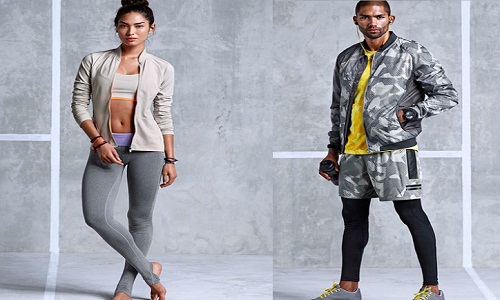
A survey shows that just 40 per cent of the population purchased cotton with water repellency, 35 per cent have bought clothes with thermal regulating properties and only 32 per cent have clothes have bought apparels made with moisture management. Researchers have gathered that consumers who bought apparel with performance technologies in the past are very satisfied (80 to 95 per cent) with their performance and twice as likely as non-purchasers to pay a premium for these added benefits. Among the many companies, Stio is looking to capitalize on cotton on performance apparel. Besides Stio, collaborations between Cotton Incorporated and several outdoor apparel companies are already in place.
Cambodia’s garment sector is expanding, though productivity is yet to see a sharp increase. Investors require certain returns on their invested capital—if they do not obtain this, they may reconsider further investments in the Cambodian garment sector. There is some scope for productivity gains, but the prospects of dramatic acceleration in productivity growth do not appear strong in the short term.
Factories that are unable to ramp up productivity will simply have to shut down. Low productivity is due mainly to poor working conditions and improvements would depend on increased investment. Also global brands have yet to significantly raise prices they pay manufacturers. The prices being paid by buyers—mostly brands in the US and Europe—have stagnated, largely because of an increase in supply from countries including Vietnam and Bangladesh.
The benefits of flat, and sometimes falling, garment prices have been enjoyed in part by consumers. In both the US and EU, the cost of apparel rose by just 5.4 per cent between 2006 and 2015. Global brands can help reduce the financial burden on factories by paying higher prices. However, Cambodia’s garment sector continued to show strong growth this year, with revenue increasing by 14.5 per cent in the first quarter.
Companies in Tamil Nadu's textile belt are opting for IPOs now. Till now they had banked on debt to run their privately held businesses. Integrated firms manufacturing goods across the supply chain from yarn to finished apparel work out of Coimbatore, Tirupur and Erode. They boast of fairly high levels of operating margins, international clients like Walmart and Macy's and strong business continuity typical of family-run businesses. But they have thus far held back their exposure to capital markets. Lack of exposure limited the way they structured their companies -it was either proprietary or limited liability partnership. Some extended it to private limited companies.
A slow-but-promising European recovery, strong domestic demand and a gradual increase in exposure to how the capital markets work appear to have pushed entrepreneurs towards the markets now. Their ways of raising funds have changed.
Globalisation has expanded their horizons to the avenue of tapping public money. In a competitive, volumes-driven business environment, a company needs to have a strong fund flow. At a time of high interest costs, capital markets are seen as a great way to access funds. And clients feel safer buying from a listed company. Over the last decade, only a handful of Tamil Nadu's textile barons have taken to Dalal Street and fared well after their IPO and sustained interest among investors.
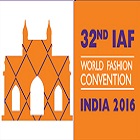
The IAF together with the Clothing Manufacturers Association of India, is gearing up to host the 32nd IAF World Fashion Convention in Mumbai on September 27-28. The convention will be held at the Trident Hotel, Nariman Point. At hand would be an impressive cast of speakers who would present their views on cutting edge developments in the fascinating fashion industry.
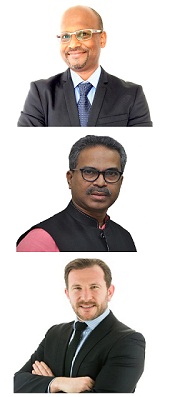
IAF conventions are known for covering a broad range of strategic issues such as: sourcing, retailing, technology, denim and branding. And they are known to combine deep local insights with a true global outlook. The speakers are therefore a strong combination of the top of the Indian fashion industry and international experts. Some of the speakers lined up are: Alex Thomas, VP of VF Corporation who will share the floor with Faruque Hassan, Senior-VP, BGMEA and Fred LeMoine of Weave/TAL Hong Kong for the sourcing session.
The branding session brings together top names from Indian brands including the President for Raymond Apparel and the Indian market CEOs of Bestseller, Tommy Hilfiger and Nike. The retail session will cover the fascinating story of one of the largest and fastest growing markets for fashion in the world with Reliance, Shoppers Stop and Arvind Brands.
Finally, no future vision in the fashion industry is complete without a session on technology. And to that end, major global technology suppliers to the fashion industry like WGSN, WTiN, Alvanon and Lectra will explain how tech is changing fashion’s industry. The theme for this convention is ‘Insights into New Opportunities’.
The ongoing assessment of supply capacities for textile, apparel and leather products by the East African Community Secretariat in the East African (EAC) region must be handled with utmost care and the outcomes made to truly reflect the situation on the ground. The exercise is meant to facilitate planning for phasing-out of second-hand leather and apparels products, in line with a directive of the last EAC heads of state summit.
The 17th Ordinary Summit of the EAC heads of state, which was themed ‘EAC: Advancing Market-Driven Integration’ held in March in Arusha, Tanzania directed partner states to procure their textile and footwear requirements from within the region where quality and supply capacities were competitively available. The summit directed partner states to sensitise all stakeholders and directed the Council of Ministers to provide it with an annual review with a view to fast-tracking the process.
Even as the region seeks to promote vertically-integrated industries in the textile and leather sector, it is important to gauge the level of preparedness to fill in the gap that will be left by expected ban. The industry may need support measures and incentives to expand investment in order to meet the sudden rise in demand for products. But it is clear that the region does not have the capacity to supply the market with the required amount of garments and shoes. Uganda, for example, has few cotton ginning factories despite being a major cotton producer. The Uganda Manufacturers Associations lists around 30 garment and footwear producers among its members. Although the intent of regional governments in banning second-hand clothes and shoes is noble — to boost local textile industries — that approach may not be the best for now.
Direct-spun polyester staple fiber (PSF) prices in China saw a roller coaster a fluctuation during July and August. The operating rate of PSF industry fell from 80 per cent to 72 per cent in the second half of August and is expected to recover to 80 per cent.
Accordingly, polyester feed stocks are supposed to buoy PSF better in September than in August. As a whole, direct-spun PSF price will rebound in September on better demand while restrained by its high operating rate. A very large part of the growth in polyester has come from China with India and Southeast Asia also contributing. In the case of China, both polyester production and apparent domestic demand for the fiber have been very strong. China accounts for 69 per cent of all polyester fiber production globally, and if India and Southeast Asia are added, these three regions represent 86 per cent of global production.
Polyester staple fiber is available in different deniers with different cut-lengths.PSF is mainly produced in India, China, Taiwan, Indonesia, Vietnam, Malaysia, and Korea. PSF is mainly used for fiber fillings in pillows and sofas. It is also used widely in spinning to make polyester spun yarn which is then knitted or weaved into fabrics.

